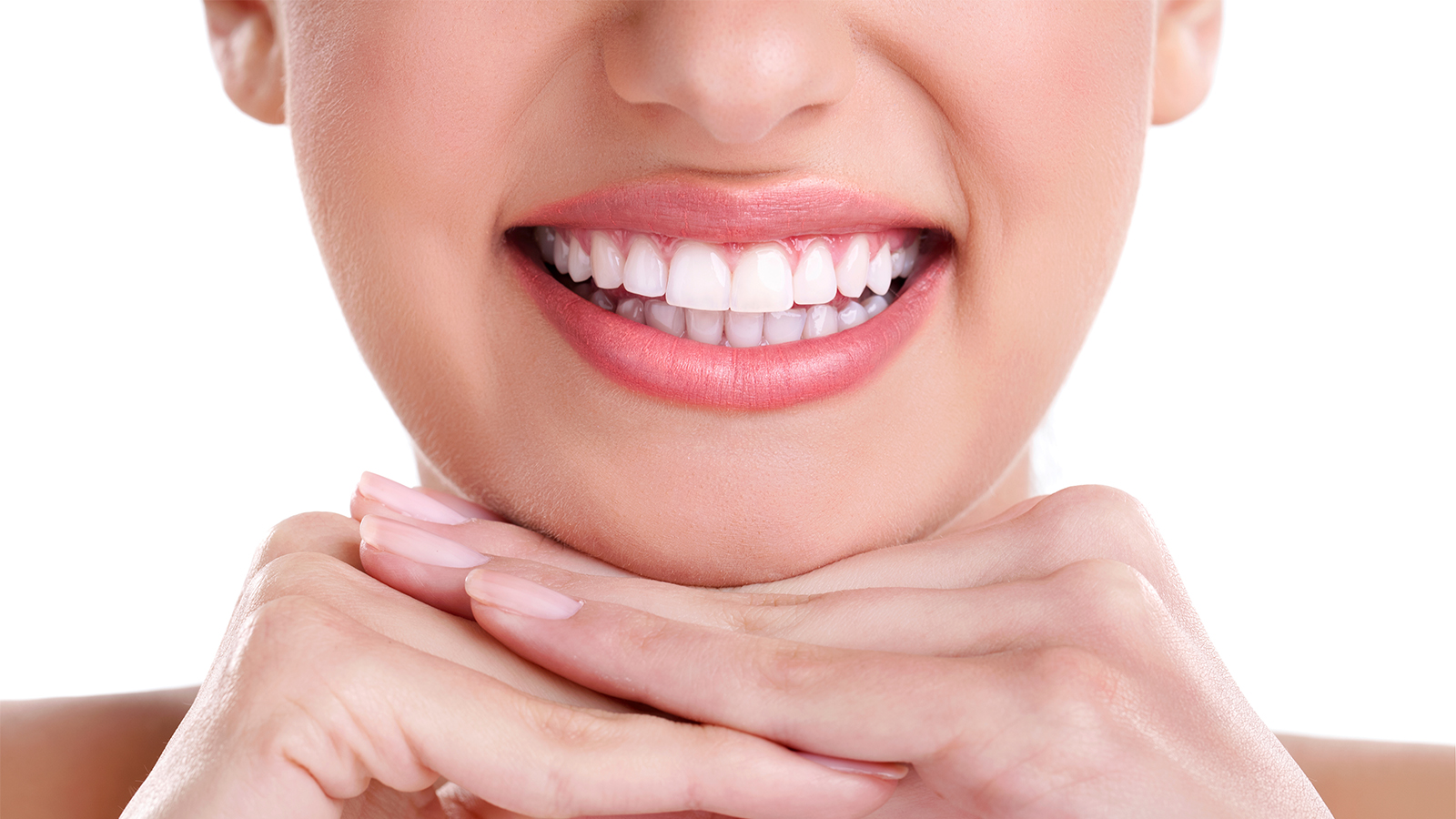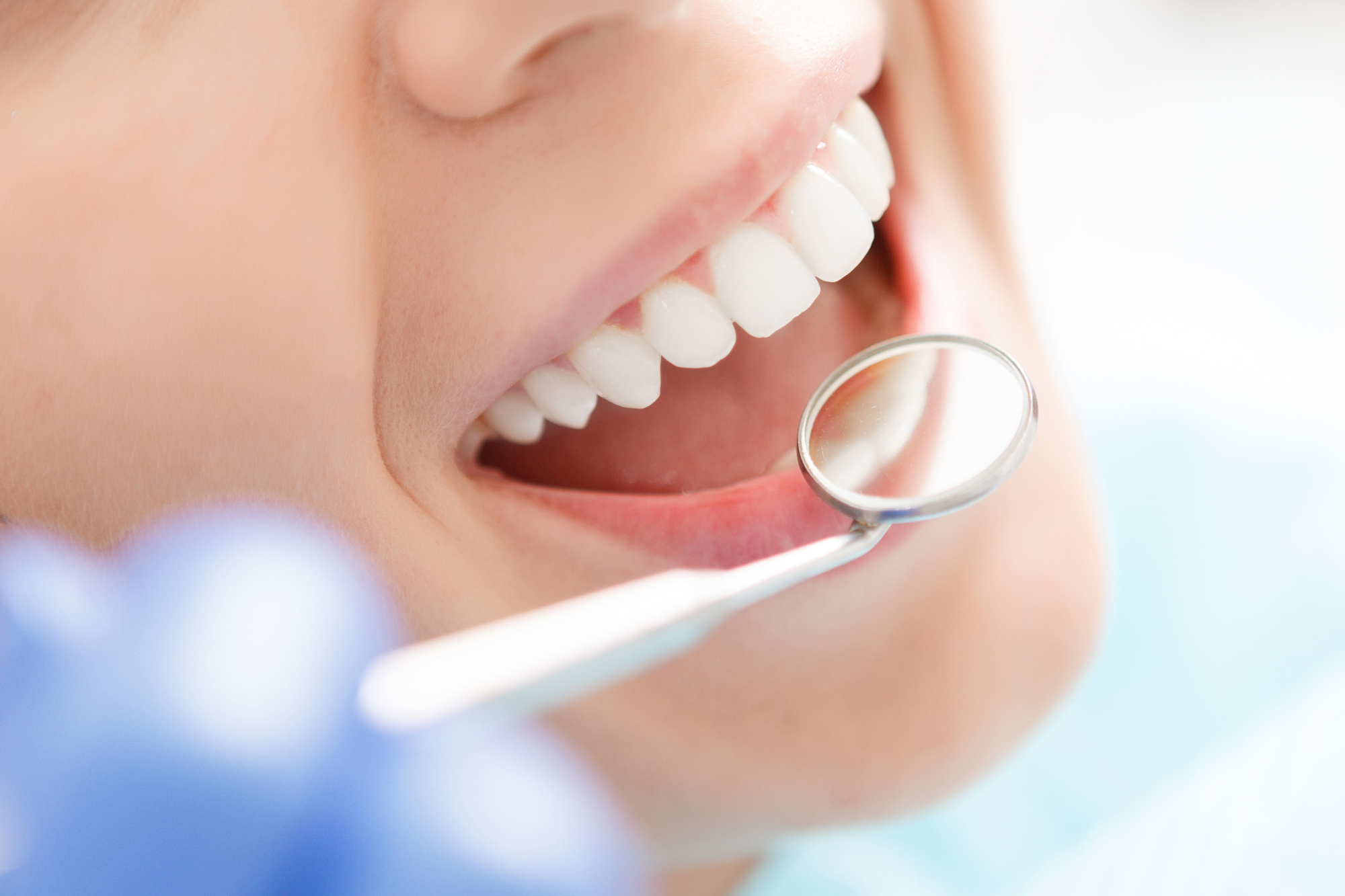
Teeth whitening has become a prominent trend in cosmetic dentistry, driven by a society that values bright and radiant smiles. Australians are increasingly seeking ways to enhance their smile’s aesthetic appeal, leading to a surge in demand for teeth whitening services. Whether it’s the influence of social media, the pressure to look one’s best at work or in social settings, or simply the desire for a confidence boost, the reasons for this trend are manifold.
The Australian Dental Association (ADA) has noted a significant rise in teeth whitening procedures in recent years, reflecting a broader shift toward cosmetic dental treatments. With various whitening methods available—from professional treatments in a dental practice to over-the-counter products—the options for achieving a whiter smile are more accessible than ever. Yet, with this variety comes the need for informed decision-making. Understanding the causes of teeth discolouration, the types of whitening treatments, their benefits, and the associated risks is crucial before embarking on any whitening journey.
Understanding Teeth Discoloration
Teeth discolouration can occur for a variety of reasons, both intrinsic and extrinsic. Extrinsic discolouration refers to staining that occurs on the outer surface of the tooth, usually caused by lifestyle factors such as diet, smoking, or oral hygiene. Intrinsic discolouration, on the other hand, originates from within the tooth and can be the result of factors like age, certain medications, or trauma.
- Diet and Habits: Common culprits for extrinsic staining include coffee, tea, red wine, and certain foods like berries. Smoking and tobacco use are also significant contributors to discolouration, with the tar and nicotine causing teeth to turn yellow or brown over time. Proper oral hygiene, including regular brushing and flossing, can help mitigate these stains, but they can still build up over time.
- Age and Genetics: As we age, our teeth naturally become darker. The enamel, which is the hard outer layer of the tooth, thins over time, exposing more of the yellowish dentine underneath. Genetics can also play a role in the natural shade of our teeth, with some people inherently having darker teeth than others.
- Medications and Medical Conditions: Certain medications, particularly tetracycline antibiotics, can cause intrinsic discolouration when taken during tooth development. Medical conditions like dental fluorosis, resulting from excessive fluoride intake, can also lead to intrinsic staining.
Understanding the source of your teeth’s discolouration is key to choosing the most effective whitening method. If the discolouration is primarily extrinsic, surface-level treatments may suffice. However, intrinsic discolouration may require more advanced techniques.
Different Types of Teeth Whitening
The market for teeth whitening is vast, offering solutions that range from simple at-home remedies to sophisticated professional treatments. The Australian Dental Association advises that while over-the-counter products can be effective, professional treatments offer the safest and most reliable results. Let’s explore the main types of teeth whitening methods.
- Professional In-Chair Whitening: This is considered the most effective and quickest way to achieve a bright smile. Dental practices use high concentration bleaching agents, often activated by laser or LED light, to accelerate the whitening process. The treatment typically takes about one to two hours and can produce immediate results. Because it is conducted by dental professionals, in-office whitening is closely monitored, reducing the risk of damage to teeth or gums.
- At-Home Whitening Products: These are popular for their convenience and lower cost compared to professional treatments. At-home products include whitening strips, trays with bleaching gel, and whitening pens. They usually contain a lower concentration of peroxide, making them less potent but safer for unsupervised use. While they can be effective, the results are generally slower and may require several applications to achieve the desired level of whiteness.
- Natural and DIY Whitening Methods: Some individuals opt for natural teeth whitening remedies, such as using baking soda or hydrogen peroxide. While these methods are less expensive, they can be abrasive and potentially harmful if not used correctly. The Australian Dental Association cautions against using DIY methods without consulting a dental professional, as improper use can damage tooth enamel and lead to other dental issues.
Choosing the right whitening method depends on individual needs and preferences. While professional in-office treatments offer quick and reliable results, they can be costly. At-home products are more affordable and convenient, but they require more time and may not yield the same level of effectiveness.
Benefits of Teeth Whitening
Teeth whitening offers numerous benefits beyond the obvious aesthetic improvements. The psychological impact of a brighter smile can be profound, leading to increased confidence and a more positive self-image. Let’s explore the key benefits of teeth whitening:
- Improved Appearance: A white smile is often associated with health, vitality, and youthfulness. Whiter teeth can enhance overall facial aesthetics, making individuals appear more attractive and approachable. This is especially important in professions or social situations where a positive first impression is crucial.
- Boost in Confidence: A brighter smile can lead to a boost in self-confidence. People who are self-conscious about their teeth may find that whitening helps them feel more at ease in social and professional settings. This increased confidence can translate into improved communication, better relationships, and greater success in the workplace.
- Impact on Professional Life: In many careers, a person’s appearance can influence their success. A bright smile can convey confidence and competence, which may be beneficial in client-facing roles or when presenting to colleagues. A whiter smile may also contribute to a more positive perception from others, leading to greater opportunities and career advancement.
- Encouragement for Better Oral Hygiene: After undergoing teeth whitening, individuals may be more inclined to maintain their results by adopting better oral hygiene practices. This can lead to improved overall dental health, reducing the risk of cavities, gum disease, and other oral health issues.
The benefits of teeth whitening are clear, but it’s important to remember that maintaining a bright smile requires commitment. Regular brushing, flossing, and dental check-ups are essential to keep teeth looking their best and to avoid future discolouration.
Risks and Side Effects
While teeth whitening can yield impressive results, it’s not without risks and side effects. Understanding these potential issues is crucial to ensure a safe and positive whitening experience. The Australian Dental Association recommends consulting with a dental professional before undergoing any whitening treatment, especially if you have pre-existing dental conditions or sensitivities.
- Tooth Sensitivity: One of the most common side effects of teeth whitening is increased tooth sensitivity. This can occur when the bleaching agents penetrate the enamel and irritate the underlying dentine or nerves. The severity and duration of sensitivity vary from person to person, but it is generally temporary. Using desensitising toothpaste and avoiding hot or cold foods and drinks can help alleviate this discomfort.
- Gum Irritation: Bleaching agents used in teeth whitening can irritate the gums if they come into direct contact. This is more likely with at-home treatments where trays or strips may not fit properly. Dental professionals use protective barriers to prevent gum irritation during in-office treatments, reducing the risk of this side effect.
- Enamel Damage: Overuse or improper use of whitening products can damage tooth enamel, leading to increased sensitivity and vulnerability to cavities. This is especially a concern with DIY or natural methods that involve abrasive substances. It’s essential to follow product instructions carefully and not exceed recommended usage.
- Uneven Results: Teeth whitening may not always produce uniform results, especially if there is a mix of intrinsic and extrinsic discolouration. Some areas of the teeth may whiten more than others, leading to a patchy appearance. This risk is higher with at-home treatments where application may not be as precise as in a professional setting.
Given these risks, it’s crucial to approach teeth whitening with caution and seek professional advice. A dental professional can assess your oral health, recommend the most suitable whitening method, and ensure a safe and effective outcome.
How to Choose the Right Teeth Whitening Method
Choosing the best teeth whitening method requires careful consideration of several factors. The right approach depends on your budget, sensitivity levels, desired results, and personal preferences. Let’s explore some of the key aspects to consider when selecting a teeth whitening method.
- Professional vs. At-Home Treatments: Professional in-office whitening tends to be more effective, yielding quicker and more dramatic results. Dental practitioners can customise treatments based on your unique needs and monitor the process to ensure safety. However, these treatments can be more expensive compared to at-home options. At-home whitening products are more affordable and convenient, but they may take longer to achieve the desired level of whiteness.
- Sensitivity Concerns: Sensitivity Concerns: If you have sensitive teeth or gums, choosing a method with a lower concentration of bleaching agents is advisable when using home treatments. Professional treatments can offer desensitising agents and protective barriers to reduce irritation. In-office treatments performed by an experienced dentist in whitening can be more effective for those with more sensitive teeth, where exposed dentine and thinner tooth structures can be covered with protective barriers. Sensitivity wears off much faster, typically within 24-48 hours, where home treatments can leave teeth sensitive for weeks, or longer, during the course of whitening.
- Lifestyle and Commitment: Some teeth whitening methods require ongoing maintenance to preserve results. Consider your lifestyle and how much time you’re willing to dedicate to whitening. In-office treatments are usually a one-time event with occasional touch-ups, while at-home methods may require daily or weekly applications to maintain whiteness.
- Consulting a Dental Professional: Before choosing a whitening method, it’s crucial to consult a dental professional. They can assess your oral health and recommend the most suitable approach based on your teeth’s condition, your lifestyle, and other factors. This step helps ensure safety and effectiveness, reducing the risk of complications.
What to Expect During Teeth Whitening
Understanding what to expect during a teeth whitening treatment can help you prepare and make the experience more comfortable. Here’s an overview of what typically occurs during both professional in-office whitening and at-home treatments.
- Professional In-Office Whitening: This type of treatment usually begins with a dental examination to ensure your teeth and gums are healthy. Once cleared, a protective barrier is applied to your gums to prevent irritation. The bleaching agent, often a high-concentration peroxide gel, is then applied to your teeth. A light or laser may be used to accelerate the whitening process. The treatment typically lasts one to two hours, with noticeable results by the end of the session. You may experience some sensitivity during or after the treatment, but this is usually temporary.
- At-Home Whitening Products: At-home treatments come in various forms, including whitening strips, trays with bleaching gel, and whitening pens. For strips and trays, you apply the product to your teeth for a specified period, usually 30 minutes to an hour. The process is generally straightforward, but it’s essential to follow the instructions carefully to avoid gum irritation or enamel damage. Whitening pens are used to apply bleaching gel directly to the teeth, providing more control over application.
Regardless of the method, it’s important to manage expectations. Teeth whitening is a process, and results may vary depending on the severity of discolouration and other factors. It’s also essential to avoid foods and drinks that can stain teeth immediately after treatment to maintain the whiteness.
Maintaining Whitened Teeth
After achieving a whiter smile, maintaining the results requires consistent effort and lifestyle adjustments. Here are some tips for keeping your teeth looking bright and healthy after whitening:
- Oral Hygiene: Good oral hygiene is crucial for maintaining whitened teeth. Brush your teeth at least twice a day with fluoride toothpaste, and floss daily to remove plaque and prevent staining. Never use a whitening toothpaste without first consulting your dentist as most of these contain abrasives that will wear away your tooth structure.
- Diet and Lifestyle Changes: To prevent new stains, consider reducing or avoiding foods and drinks that are known to cause discolouration. These include coffee, tea, red wine, and dark-coloured fruits like berries. If you consume these foods, rinse your mouth with water afterward to minimise staining. Additionally, if you smoke, quitting can significantly improve your teeth’s appearance and overall health.
- Regular Dental Check-Ups: Regular visits to the Dentist Brisbane are essential for maintaining a healthy smile. During these check-ups, your dentist can assess the condition of your teeth, provide professional cleanings, and offer advice on how to keep your teeth white. They can also recommend touch-up treatments if needed.
- Teeth Whitening Maintenance Products: Consider using teeth whitening maintenance products, such as whitening strips or pens, to keep your smile bright. These products are designed for regular use and can help extend the results of professional treatments.
Frequently Asked Questions
As teeth whitening becomes more popular, it’s common for people to have questions about the process. Here are some frequently asked questions and their answers to help you better understand teeth whitening:
- Is Teeth Whitening Safe?
-
- Yes, teeth whitening is generally safe when performed by a dental professional or when using over-the-counter products as directed. However, misuse or overuse of whitening products can lead to sensitivity or enamel damage. It’s essential to follow instructions and seek professional advice when in doubt.
- How Long Does Teeth Whitening Last?
-
- The duration of teeth whitening results varies depending on the method used and individual factors such as diet and oral hygiene. Professional in-office treatments can last several months to a year, while at-home treatments may require more frequent touch-ups. Maintaining a healthy lifestyle and oral hygiene can extend the longevity of whitening results.
- Can I Whiten My Teeth If I Have Dental Work?
-
- Teeth whitening is generally not effective on dental restorations such as crowns, veneers, or fillings. If you have dental work, consult with your dentist before whitening your teeth. They can advise on the best approach and recommend alternative options for a consistent smile.
- Will Teeth Whitening Cause Sensitivity?
-
- Tooth sensitivity is a common side effect of teeth whitening, especially with high concentration bleaching agents. The sensitivity is usually temporary and subsides within a few days. Using desensitising toothpaste and avoiding hot or cold foods and drinks can help reduce sensitivity.
- How Often Can I Whiten My Teeth?
-
- The frequency of teeth whitening depends on the method used and individual factors. Professional treatments are typically recommended once a year, while at-home treatments can be used more frequently but with caution to avoid enamel damage. Always follow the instructions provided with whitening products and consult with your dentist for guidance.
Conclusion
Teeth whitening can transform your smile, boosting confidence and enhancing your overall appearance. However, it’s crucial to choose the right method and approach the process with care. Consulting a dental professional ensures safety and helps you achieve the best results. For those seeking professional teeth whitening services in Brisbane, Smile Design Dental in Kangaroo Point offers comprehensive whitening treatments tailored to individual needs.
With these guidelines and answers to common questions, you can make informed decisions about teeth whitening and embark on your journey to a brighter smile.
Read More: The Complete Guide to Teeth Whitening
Read More: The Benefits and Risks of Teeth Whitening Treatments


